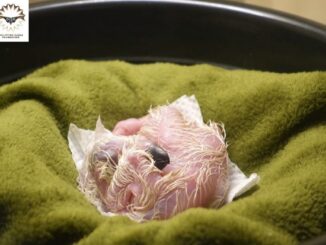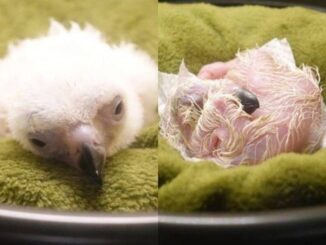
MANILA, Philippines — The Philippine Eagle Foundation (PEF) announced the death of Chick No. 30, the first-ever Philippine eagle chick to hatch at the newly opened National Bird Breeding Sanctuary (NBBS) in Davao City.
The 17-day-old male eagle passed away on Friday, November 30, following respiratory distress that led to complications despite intensive medical intervention.
Chick No. 30, the offspring of Sinag and Pin-pin, initially appeared healthy but began showing signs of respiratory distress on November 26.
Despite immediate care, including oxygen therapy and fluid suctioning, the chick’s condition worsened and resuscitation efforts were unsuccessful.
“Of all the chicks that they’ve successfully hatched and raised, this is the first time that the PEF breeding team had a case of yolk sac retention, which is usually linked to infection or other causes,” physician Bayani Vandenbroeck, who performed the necropsy, said.
“Strict hygiene and management protocols were followed, so we did not expect this at all, but we will probe where else we can improve,” he added.
The hatching of Chick No. 30 in November had been a major milestone for the sanctuary, marking its first successful birth since its opening in February 2024.
The chick was conceived through artificial insemination, giving renewed hope for conservationists and the species.
Domingo Tadena, NBBS facility manager, said the loss was a difficult setback but vowed it would push the team to improve their care practices.
“This loss is a difficult setback, especially as we faced unexpected complications despite our best efforts. It is a challenge, but it will drive us to adapt and strengthen our care practices moving forward,” Tadena said.
The Philippine eagle is one of the most critically endangered birds in the world, with only an estimated 392 to 400 pairs remaining in the wild. — with reports from Cristina Chi





Be the first to comment